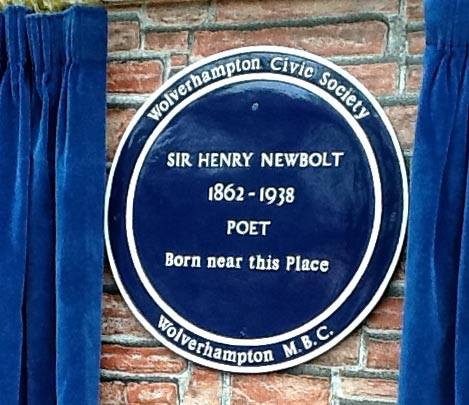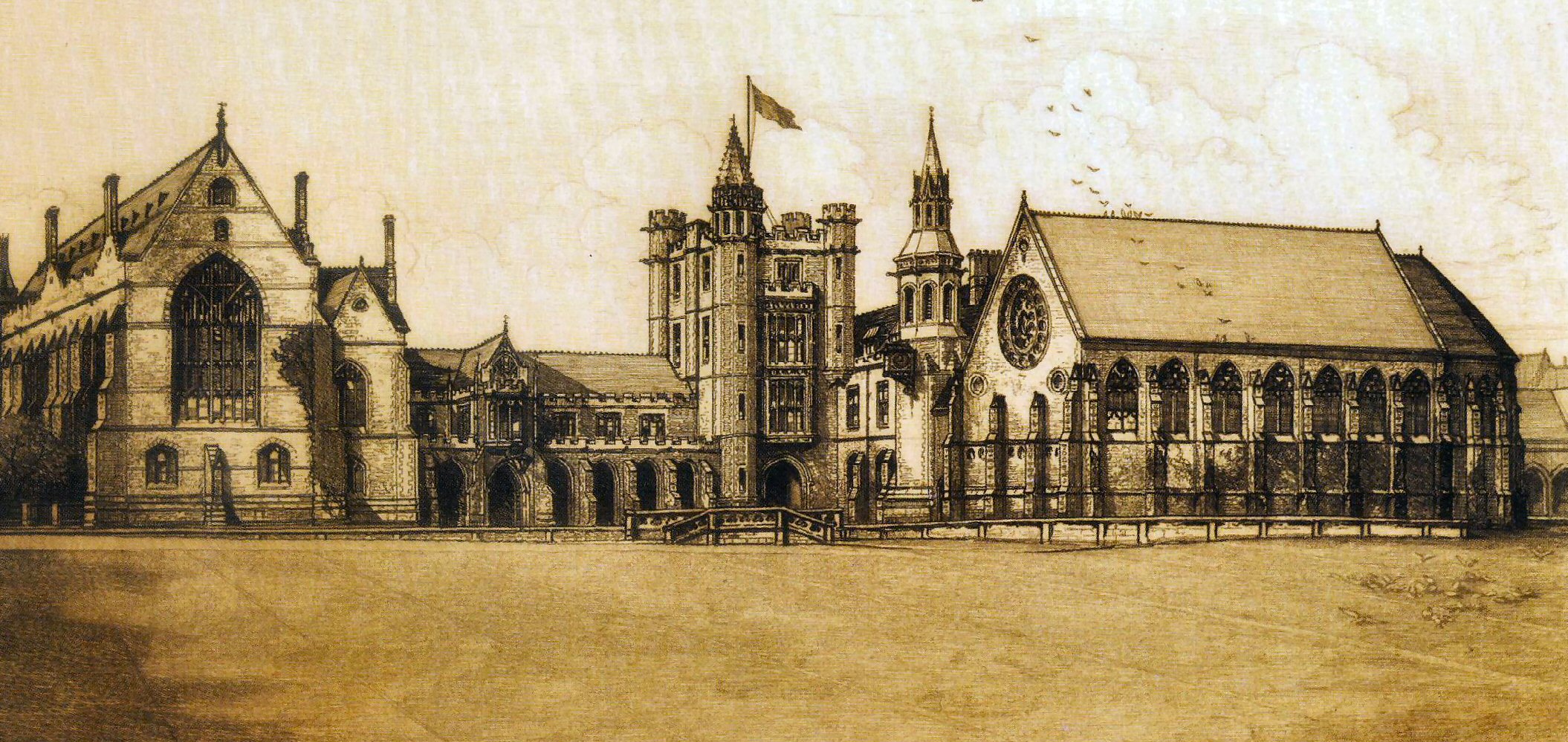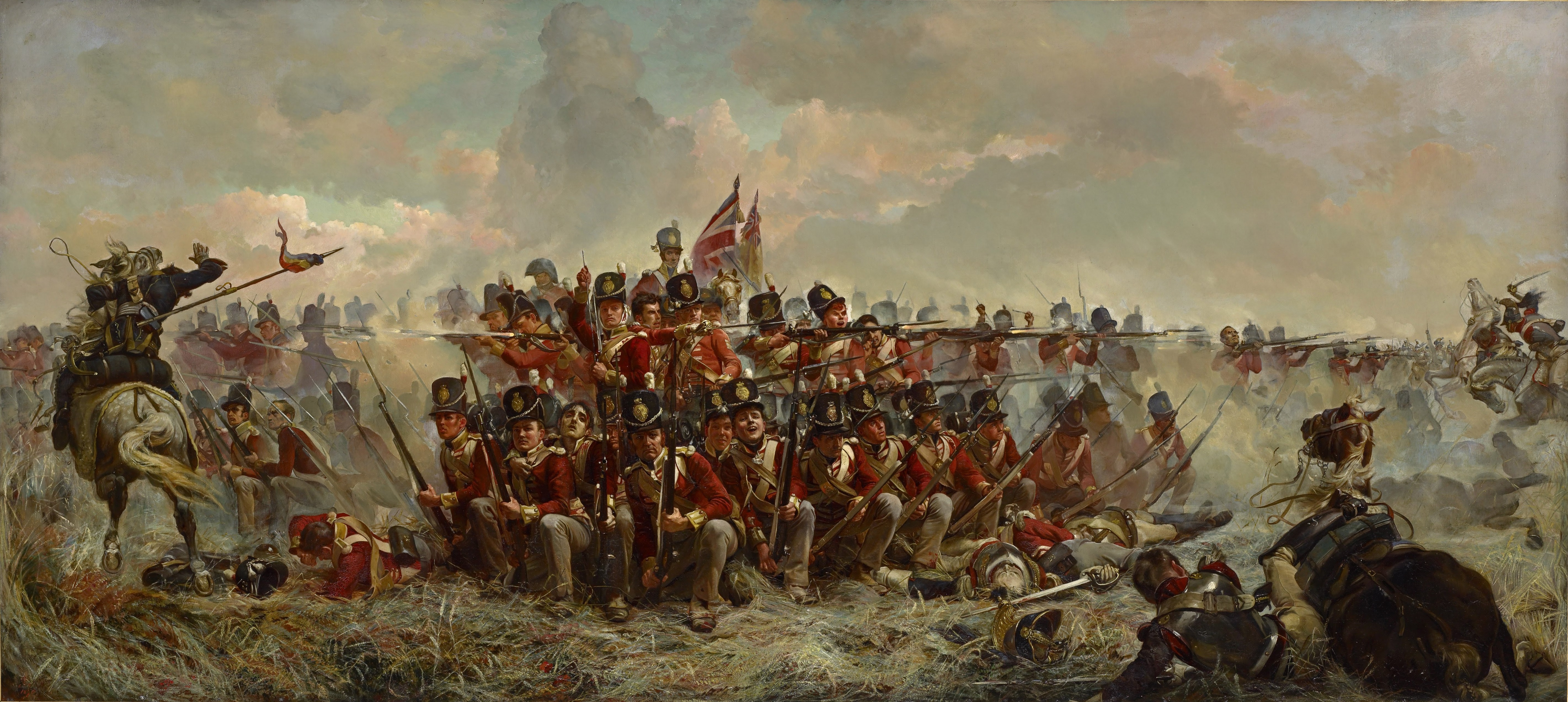|
Broken Square
A broken square refers to an infantry square collapsing or breaking up in battle. Specific incidents that this expression may refer to are all in the Mahdist War in the Sudan: * At the Battle of Abu Klea: the breach was small and soon closed itself, leaving the intruders trapped inside the square, whose inner ranks faced-about and quickly defeated the intruders. See Battle of Abu Klea#Battle for the real events at Abu Klea.In an after-battle report, ''The Times'' newspaper incorrectly had it that a British square broke. * At the Battle of Tamai: *# The Black Watch formed one side of a big square under attack, and was ordered by top command to leave that post (leaving their side of that square open) and attack another enemy force which was hidden down a desert gully. *# The restricted rocky irregular ground in that gully made it difficult to form a solid square to resist attack; that square came under intense attack from Sudanese (here, mostly Hadendoa). The square was flooded ... [...More Info...] [...Related Items...] OR: [Wikipedia] [Google] [Baidu] |
Henry Newbolt
Sir Henry John Newbolt, CH (6 June 1862 – 19 April 1938) was an English poet, novelist and historian. He also had a role as a government adviser with regard to the study of English in England. He is perhaps best remembered for his poems "Vitaï Lampada" and "Drake's Drum". Background Henry John Newbolt was born in Bilston, Wolverhampton (then in Staffordshire, but now in the West Midlands), son of the vicar of St Mary's Church, the Rev. Henry Francis Newbolt (1824–1866), and his second wife, Emily née Stubbs (1838–1921), the older brother of Sir Francis Newbolt. After his father's death, the family moved to Walsall, where Henry was educated. Education Newbolt attended Queen Mary's Grammar School, Walsall, and Caistor Grammar School, from which he gained a scholarship to Clifton College, where he was head of the school (1881) and edited the school magazine. His contemporaries there included John McTaggart, Arthur Quiller-Couch, Roger Fry, William Birdwood, Francis Young ... [...More Info...] [...Related Items...] OR: [Wikipedia] [Google] [Baidu] |
Fuzzy-Wuzzy
"Fuzzy-Wuzzy" is a poem by the English author and poet Rudyard Kipling, published in 1892 as part of '' Barrack Room Ballads''. It describes the respect of the ordinary British soldier for the bravery of the Hadendoa warriors who fought the British army in the Sudan and Eritrea. Background "Fuzzy-Wuzzy" was the term used by British soldiers for Beja warriors who were supporting the Mahdi of Sudan in the Mahdist War. The term relates to the elaborate ''tiffa'' hair style favoured by the Hadendoa tribe, a subdivision of the Beja people. The Beja people were one of several broad multi-tribal groupings supporting the Mahdi, and were divided into six tribes: Hadendoa, Halanga, Amarar, Beni-Amer, Habab, and Bishariyyin. All of these are semi-nomadic and inhabit the Sudan's Red Sea Hills, Libyan Desert, and southern Egypt. The Beja provided a large number of warriors to the Mahdist forces. They were armed with swords and spears and some of them carried breech-loaded rifles whi ... [...More Info...] [...Related Items...] OR: [Wikipedia] [Google] [Baidu] |
Napoleonic Wars
The Napoleonic Wars (1803–1815) were a series of major global conflicts pitting the French Empire and its allies, led by Napoleon I, against a fluctuating array of European states formed into various coalitions. It produced a period of French domination over most of continental Europe. The wars stemmed from the unresolved disputes associated with the French Revolution and the French Revolutionary Wars consisting of the War of the First Coalition (1792–1797) and the War of the Second Coalition (1798–1802). The Napoleonic Wars are often described as five conflicts, each termed after the coalition that fought Napoleon: the Third Coalition (1803–1806), the Fourth (1806–1807), the Fifth (1809), the Sixth (1813–1814), and the Seventh (1815) plus the Peninsular War (1807–1814) and the French invasion of Russia (1812). Napoleon, upon ascending to First Consul of France in 1799, had inherited a republic in chaos; he subsequently created a state with stable financ ... [...More Info...] [...Related Items...] OR: [Wikipedia] [Google] [Baidu] |
Battle Of García Hernández
In the Battle of García Hernández on 23 July 1812, two brigades of Anglo-German cavalry led by Major-General Eberhardt Otto George von Bock defeated 4,000 French infantry led by Major-General Maximilien Foy. In what would otherwise have been an unremarkable Peninsular War skirmish, the German heavy dragoons achieved the unusual feat of breaking three French squares, those of the 6th, 69th and 76th Line, routing the entire French force with heavy losses. Background The previous day, the Allied army commanded by Arthur Wellesley, 1st Duke of Wellington had won a decisive victory over a French army led by Marshal Auguste Marmont in the Battle of Salamanca. Foy's division was the only French unit not engaged in the battle and it was acting as rearguard on 23 July. Battle Bock's 770-strong heavy cavalry brigade, consisting of the 1st and 2nd King's German Legion (KGL) Dragoons, led the pursuit of the French. In support of Bock were the 1,000 troopers of George Anson's Briti ... [...More Info...] [...Related Items...] OR: [Wikipedia] [Google] [Baidu] |
Napoleonic War
The Napoleonic Wars (1803–1815) were a series of major global conflicts pitting the French Empire and its allies, led by Napoleon I, against a fluctuating array of European states formed into various coalitions. It produced a period of French domination over most of continental Europe. The wars stemmed from the unresolved disputes associated with the French Revolution and the French Revolutionary Wars consisting of the War of the First Coalition (1792–1797) and the War of the Second Coalition (1798–1802). The Napoleonic Wars are often described as five conflicts, each termed after the coalition that fought Napoleon: the Third Coalition (1803–1806), the Fourth (1806–1807), the Fifth (1809), the Sixth (1813–1814), and the Seventh (1815) plus the Peninsular War (1807–1814) and the French invasion of Russia (1812). Napoleon, upon ascending to First Consul of France in 1799, had inherited a republic in chaos; he subsequently created a state with stable finances, ... [...More Info...] [...Related Items...] OR: [Wikipedia] [Google] [Baidu] |
Goodbye To All That
''Good-Bye to All That'' is an autobiography by Robert Graves which first appeared in 1929, when the author was 34 years old. "It was my bitter leave-taking of England," he wrote in a prologue to the revised second edition of 1957, "where I had recently broken a good many conventions". The title may also point to the passing of an old order following the cataclysm of the First World War; the supposed inadequacies of patriotism, the interest of some in atheism, feminism, socialism and pacifism, the changes to traditional married life, and not least the emergence of new styles of literary expression, are all treated in the work, bearing as they did directly on Graves's life. The unsentimental and frequently comic treatment of the banalities and intensities of the life of a British army officer in the First World War gave Graves fame, notoriety and financial security, but the book's subject is also his family history, childhood, schooling and, immediately following the war, early ... [...More Info...] [...Related Items...] OR: [Wikipedia] [Google] [Baidu] |
Robert Graves
Captain Robert von Ranke Graves (24 July 1895 – 7 December 1985) was a British poet, historical novelist and critic. His father was Alfred Perceval Graves, a celebrated Irish poet and figure in the Gaelic revival; they were both Celticists and students of Irish mythology. Graves produced more than 140 works in his lifetime. His poems, his translations and innovative analysis of the Greek myths, his memoir of his early life—including his role in World War I—''Good-Bye to All That'', and his speculative study of poetic inspiration ''The White Goddess'' have never been out of print. He is also a renowned short story writer, with stories such as "The Tenement" still being popular today. He earned his living from writing, particularly popular historical novels such as ''I, Claudius''; '' King Jesus''; ''The Golden Fleece''; and ''Count Belisarius''. He also was a prominent translator of Classical Latin and Ancient Greek texts; his versions of ''The Twelve Caesars'' and ... [...More Info...] [...Related Items...] OR: [Wikipedia] [Google] [Baidu] |
Royal Welch Fusiliers
The Royal Welch Fusiliers ( cy, Ffiwsilwyr Brenhinol Cymreig) was a line infantry regiment of the British Army, and part of the Prince of Wales' Division, that was founded in 1689; shortly after the Glorious Revolution. In 1702, it was designated a fusilier regiment and became the Welch Regiment of Fusiliers; the prefix "Royal" was added in 1713, then confirmed in 1714 when George I named it the Prince of Wales's Own Royal Regiment of Welsh Fusiliers. In 1751, after reforms that standardised the naming and numbering of regiments, it became the 23rd Regiment of Foot (Royal Welsh Fuzileers). In 1881, the final title of the regiment was adopted. It retained the archaic spelling of ''Welch'', instead of ''Welsh'', and ''Fuzileers'' for ''Fusiliers''; these were engraved on swords carried by regimental officers during the Napoleonic Wars. After the 1881 Childers Reforms, normal spelling was used officially, but "Welch" continued to be used informally until restored in 1920 by Army Ord ... [...More Info...] [...Related Items...] OR: [Wikipedia] [Google] [Baidu] |
Sir Henry Newbolt
Sir Henry John Newbolt, CH (6 June 1862 – 19 April 1938) was an English poet, novelist and historian. He also had a role as a government adviser with regard to the study of English in England. He is perhaps best remembered for his poems "Vitaï Lampada" and "Drake's Drum". Background Henry John Newbolt was born in Bilston, Wolverhampton (then in Staffordshire, but now in the West Midlands), son of the vicar of St Mary's Church, the Rev. Henry Francis Newbolt (1824–1866), and his second wife, Emily née Stubbs (1838–1921), the older brother of Sir Francis Newbolt. After his father's death, the family moved to Walsall, where Henry was educated. Education Newbolt attended Queen Mary's Grammar School, Walsall, and Caistor Grammar School, from which he gained a scholarship to Clifton College, where he was head of the school (1881) and edited the school magazine. His contemporaries there included John McTaggart, Arthur Quiller-Couch, Roger Fry, William Birdwood, Francis Young ... [...More Info...] [...Related Items...] OR: [Wikipedia] [Google] [Baidu] |
Infantry Square
An infantry square, also known as a hollow square, was a historic combat formation in which an infantry unit formed in close order, usually when it was threatened with cavalry attack. As a traditional infantry unit generally formed a line to advance, more nimble cavalry could sweep around the end of the line and attack from the undefended rear or burst through the line, with much the same effect. By arranging the unit so that there was no undefended rear, a commander could organise an effective defense against a cavalry attack. With the development of modern firearms and the demise of cavalry, that formation is now considered obsolete. Early history The formation was described by Plutarch and used by the Ancient Romans; it was developed from an earlier circular formation. In particular, a large infantry square was used by the Roman legions at the Battle of Carrhae against Parthia, whose armies contained a large proportion of cavalry. That is not to be confused with the testudo for ... [...More Info...] [...Related Items...] OR: [Wikipedia] [Google] [Baidu] |
Hadendoa
Hadendoa (or Hadendowa) is the name of a nomadic subdivision of the Beja people, known for their support of the Mahdiyyah rebellion during the 1880s to 1890s. The area historically inhabited by the Hadendoa lies today in parts of Sudan, Egypt and Eritrea. Etymology According to Roper (1930), the name ''Haɖanɖiwa'' is made up of ''haɖa'' 'lion' and ''(n)ɖiwa'' 'clan'. Other variants are ''Haɖai ɖiwa'', ''Hanɖiwa'' and ''Haɖaatʼar'' (children of lioness). Language The language of the Hadendoa is a dialect of Bedawi. History The southern Beja were part of the Christian kingdom of Axum during the sixth to fourteenth centuries. In the fifteenth century, Axum fell to the Islamization of the Sudan region, and although the Beja were never entirely subjugated, they were absorbed into Islam via marriages and trade contracts. In the seventeenth century, some of the Beja expanded southward, conquering better pastures. These became the Hadendoa, who by the eighteenth century we ... [...More Info...] [...Related Items...] OR: [Wikipedia] [Google] [Baidu] |





